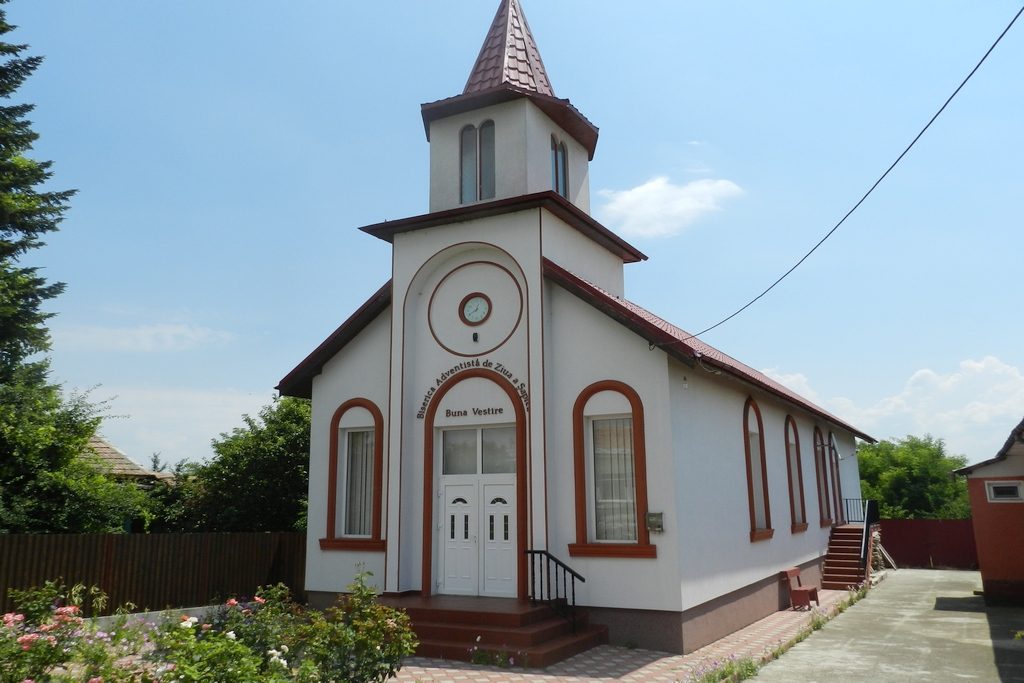

According to the statistical data, 2.98% of the population of the commune Găujani is Adventists of the seventh day.
In order to come into the support of the citizens who embrace this religion, there was built in the village an Adventist church.
The first Adventist missionary on the current territory of Romania was a former catholic priest, of Polish origin, Mihail Bellina Czechowski. Born in 1816, he was formed into the severe and elevated atmosphere of the polish monasteries between 1835 – 1849. Sensitive to the social inequities and to the moral relaxation of the clergy, he arrives at Rome, where he tries a new endeavor for reform, and then he emigrates in the New World, where he embraces the Adventist convictions in 1856.
In 1864 he travels to Europe with the wish of spreading to the people of the old continent the discovered truths. Therefore, after Italy, Switzerland, France and Austria – Hungary, in 1869, Czechowski arrives in Transylvania, spreading the discovered truths at Cluj, Bistrița, Turda, Gherla, Beclean, Pata, Cojocna and Luncani, in order that further on, passing through Cernăuți, to accompany at Pitești, the bargainer Tache Fotescu. Here he started ti preach in the house of Garabet Hagi Aslan, one of the supplier of the royal house. Two of his sons, Toma and Mitica become, together with their families, the first Adventists.
At Cluj, in 1890, in the family of Johann Rottmayer, representative of the British Biblical Society, there are converted his wife and one of his daughters, and later on, he converts. In his house will be met the first group of Adventists from Cluj and also there, in a specially arranged room in the attic, there are about to arrive the next missionaries.
Also through the Germans, this time the immigrants from Crimea in Dobrogea, because of the persecution on one hand, and on the other hand, following the invitation of Carol I in order to grow breed horses, there is born a third beginning of the Adventism, in 1891.
In 1920, there was organized the Roman Union of the Evangelic Communities of the Adventists of the Seventh Day, having over two thousand members. Also, on that occasion, there was decided the founding of a Seminary, organized in 1924 at Focșani, moved in 1936 at Târnăveni and then in 1931 at Brașov – Stupini; of a typography, which functioned starting with 1923 in Bucharest and of a medical institution. After the acknowledgement, by the royal decree of 1946 and by the law of the cults from 1950 and 1952 the Adventists are for the first time in a full juridical legality. The years from the times of the class fight, were good, but were also sad. Good, because of the fact that the Adventist Church of the Seventh Day grew. Sad, because of the total lack of freedom, with all its consequences and the isolation towards the world Adventist church.



